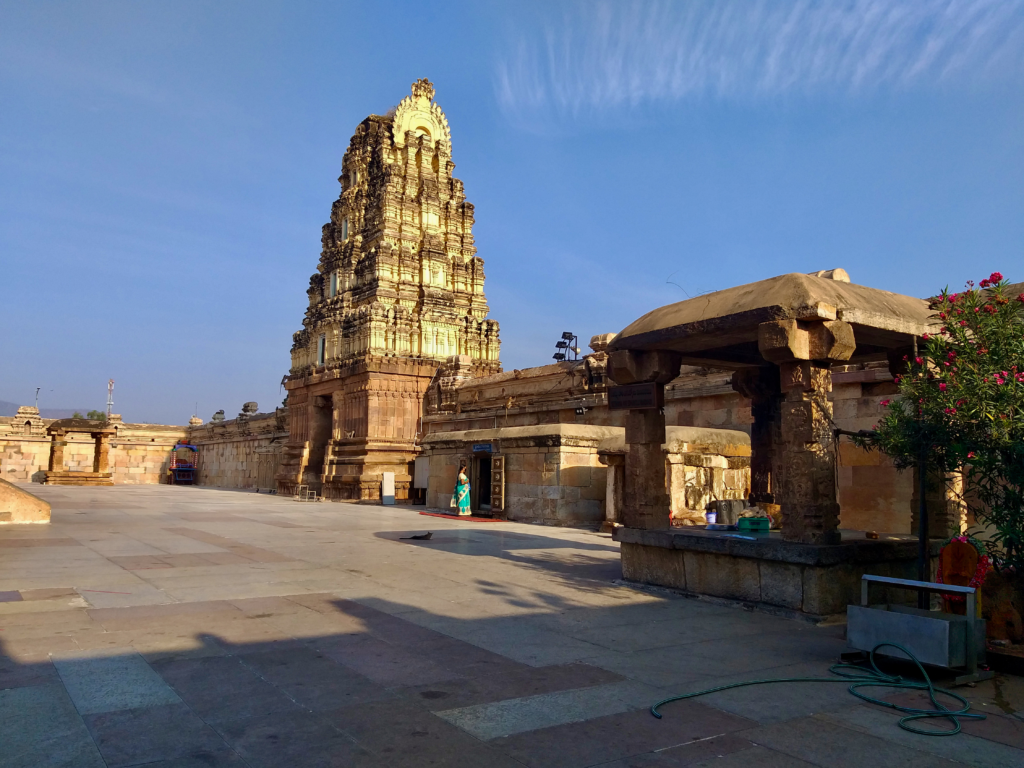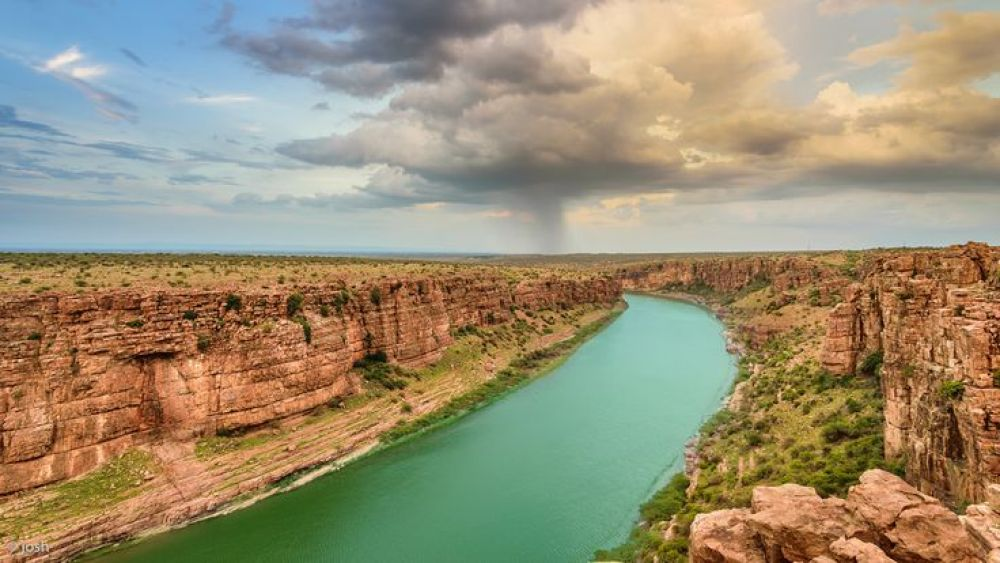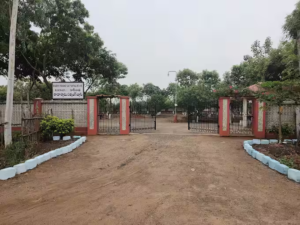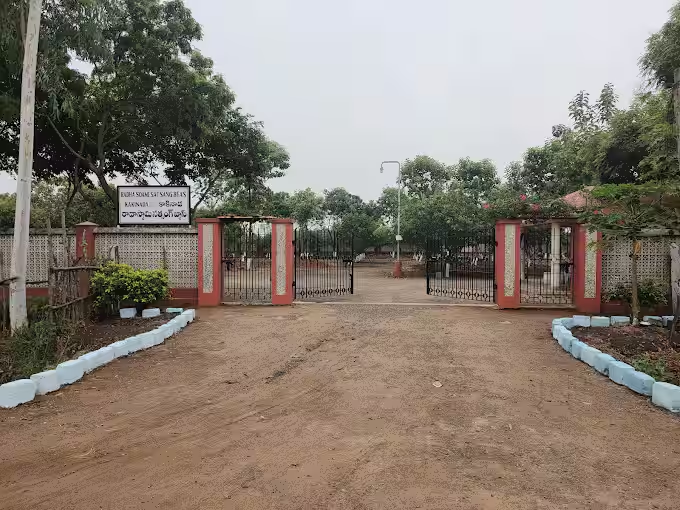Meta Description:
Discover the rich historical legacy of Kadapa, a city steeped in dynastic conquests, architectural marvels, and cultural evolution in the heart of Andhra Pradesh.
Table of Contents
- Introduction
- The Origin of Kadapa
- Dynastic Rule and Historical Influence
- Architectural and Cultural Landmarks
- Kadapa in the Colonial Era
- Post-Independence Growth and Modern Identity
- Conclusion
History of Kadapa: A Glimpse into the Past
Introduction
Nestled amidst the rugged hills of the Eastern Ghats, Kadapa is a city with a legacy that stretches back centuries. Known for its unique blend of cultural richness, religious diversity, and strategic importance, Kadapa—often referred to as the gateway to the sacred Tirumala Hills—has played a vital role in shaping the historical narrative of southern India. This travel blog delves into Kadapa’s past, offering visitors a journey through time that goes beyond its present-day charm.
The Origin of Kadapa
The name “Kadapa” (or Cuddapah, its colonial spelling) is believed to be derived from the Telugu word “Gadapa,” meaning threshold. It symbolically represents the city’s role as a gateway to the famous Tirumala temple. The region was historically known as Hiranya Rashtra and was mentioned in several inscriptions dating back to the Satavahana period.
Due to its geographical location, Kadapa became a pivotal point for rulers and travelers alike, nestled conveniently between coastal Andhra and the Deccan plateau. Its location made it both a spiritual stopover and a military stronghold.

https://images.app.goo.gl/rccuYJauLsLfMby86
Dynastic Rule and Historical Influence
Kadapa’s history is marked by the rise and fall of multiple dynasties. The Mauryas were among the earliest rulers to recognize the strategic importance of the region. Later, the Satavahanas established their dominance, contributing to early trade and religious development.
During the medieval period, the region came under the sway of the Chalukyas and later the Kakatiyas, both of whom left significant imprints on Kadapa’s culture and architecture. However, it was under the Vijayanagara Empire that Kadapa flourished the most. The empire brought in a wave of temple construction, administrative reforms, and artistic expression.
Following the decline of the Vijayanagara rulers, the region witnessed the arrival of the Qutb Shahis of Golconda and subsequently the Mughal forces. The Nawabs of Kadapa, under Mughal rule, played a semi-autonomous role in regional governance. Their influence can still be felt in the city’s Islamic architecture and administrative structures.
Architectural and Cultural Landmarks
Kadapa is a treasure trove of historical and architectural wonders. Among the most notable is the Gandikota Fort, often referred to as the “Grand Canyon of India,” situated on the banks of the Penna River. Built during the reign of the Pemmasani Nayaks, the fort is a blend of Hindu and Islamic architectural styles and offers panoramic views of the surrounding gorge.
Another significant monument is the Ameen Peer Dargah, a revered site for both Hindus and Muslims. With its elegant minarets and spiritual aura, the dargah exemplifies the syncretic culture that Kadapa nurtured over centuries.
The Pushpagiri Temple Complex, located nearby, contains temples believed to date back to the Chalukyan and Vijayanagara periods, with intricate carvings and a spiritual serenity that still draws pilgrims and history enthusiasts alike.
Kadapa in the Colonial Era
The British East India Company annexed Kadapa in the late 18th century, recognizing its administrative importance. It was integrated into the Madras Presidency and served as a district headquarters. The colonial influence is visible in the planning of certain neighborhoods, colonial bungalows, and administrative buildings that still stand.
Despite colonial exploitation, Kadapa remained a center for vernacular education and regional leadership during the Indian freedom struggle. Many local leaders participated actively in the non-cooperation movement and other national campaigns.

https://images.app.goo.gl/x8zqBBjCPr9RcNjo7
Post-Independence Growth and Modern Identity
After India gained independence in 1947, Kadapa emerged as a significant urban center in the newly formed state of Andhra Pradesh. Known for its limestone and barite mining, the district also became a hub for education and agriculture. Today, Kadapa is not just a historical city but a growing urban landscape that blends its heritage with modern development.
The construction of the Kadapa Airport and its inclusion in regional development plans have brought renewed interest in the city. With better connectivity and increasing tourism potential, Kadapa is reclaiming its place on the cultural and travel map of India.
Conclusion
Kadapa’s historical journey is as layered as its ancient stone structures and winding alleys. From the footsteps of Satavahana traders to the grand visions of Vijayanagara kings and the spiritual chants echoing in dargahs and temples, Kadapa offers an unforgettable experience for those who seek history wrapped in mysticism and resilience. A visit to this city is not merely a trip—it’s a voyage through the epochs that shaped South India.









